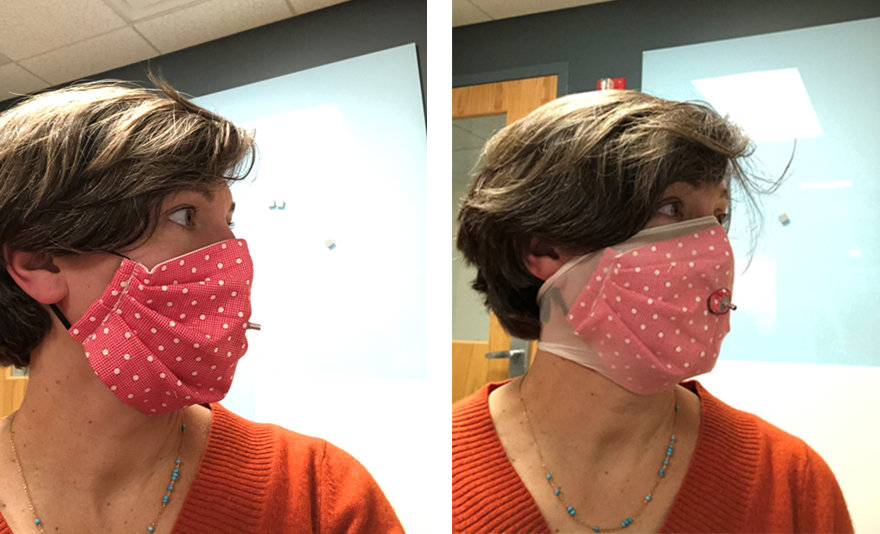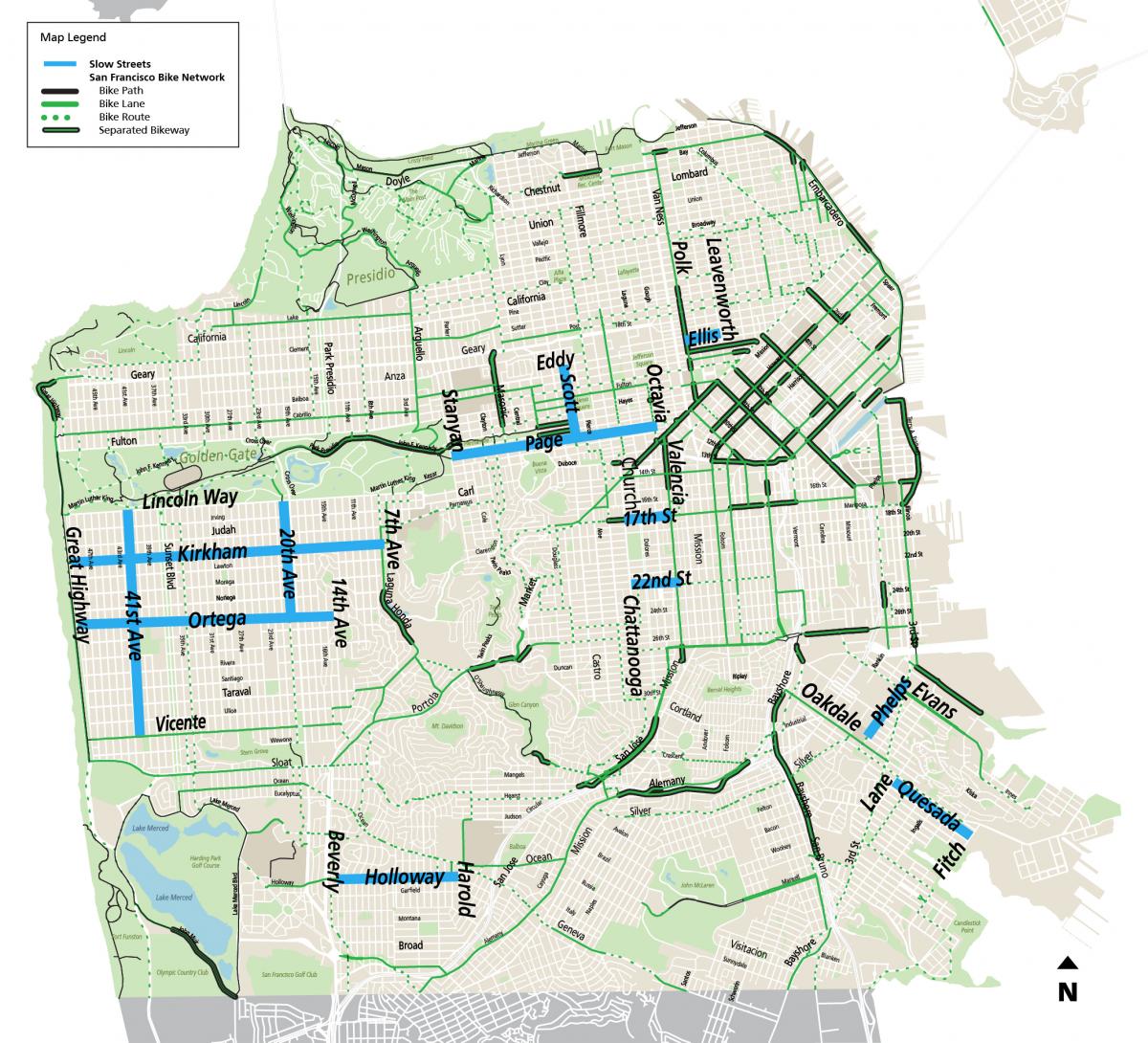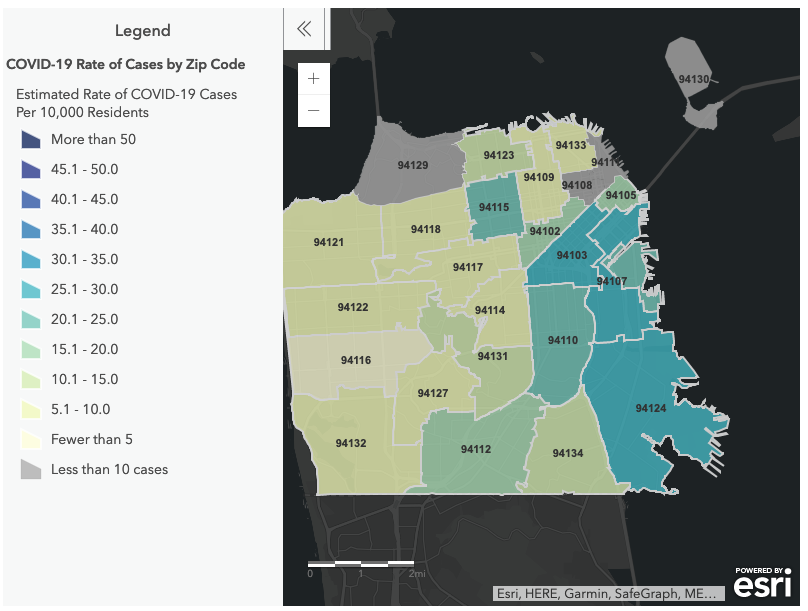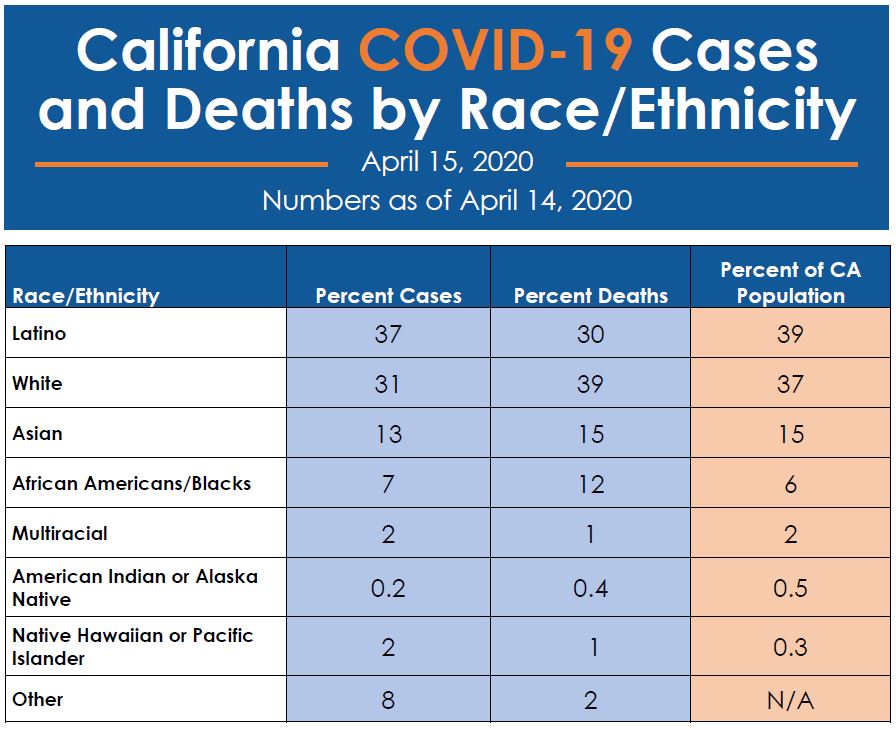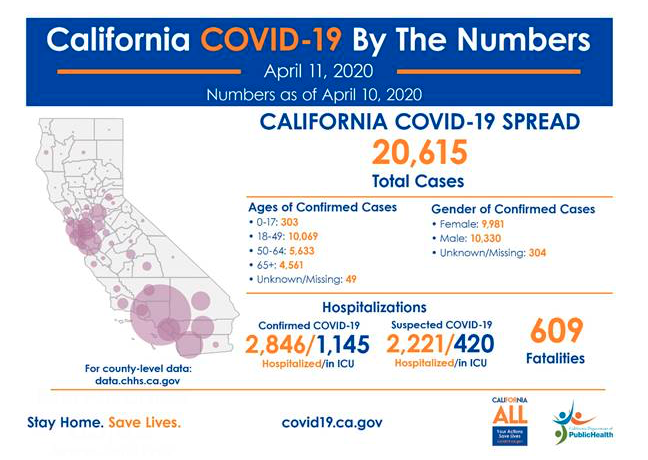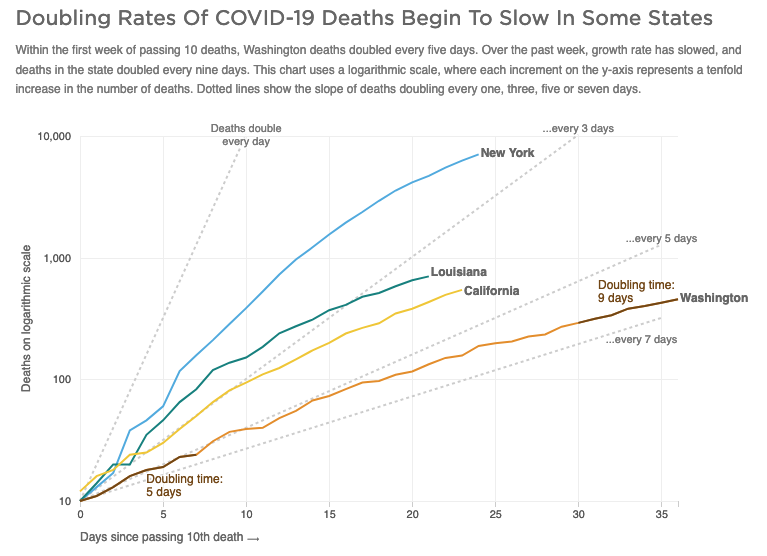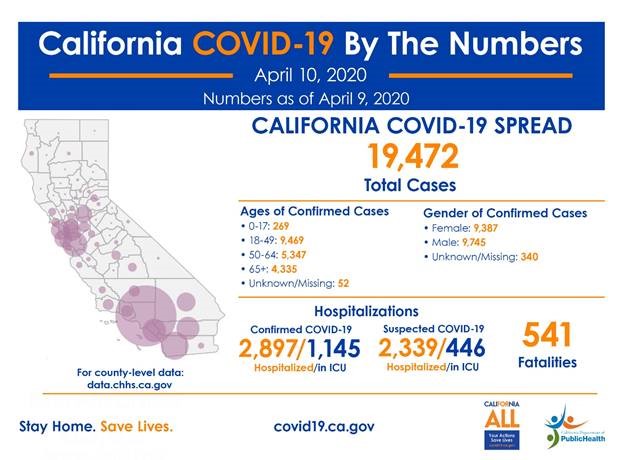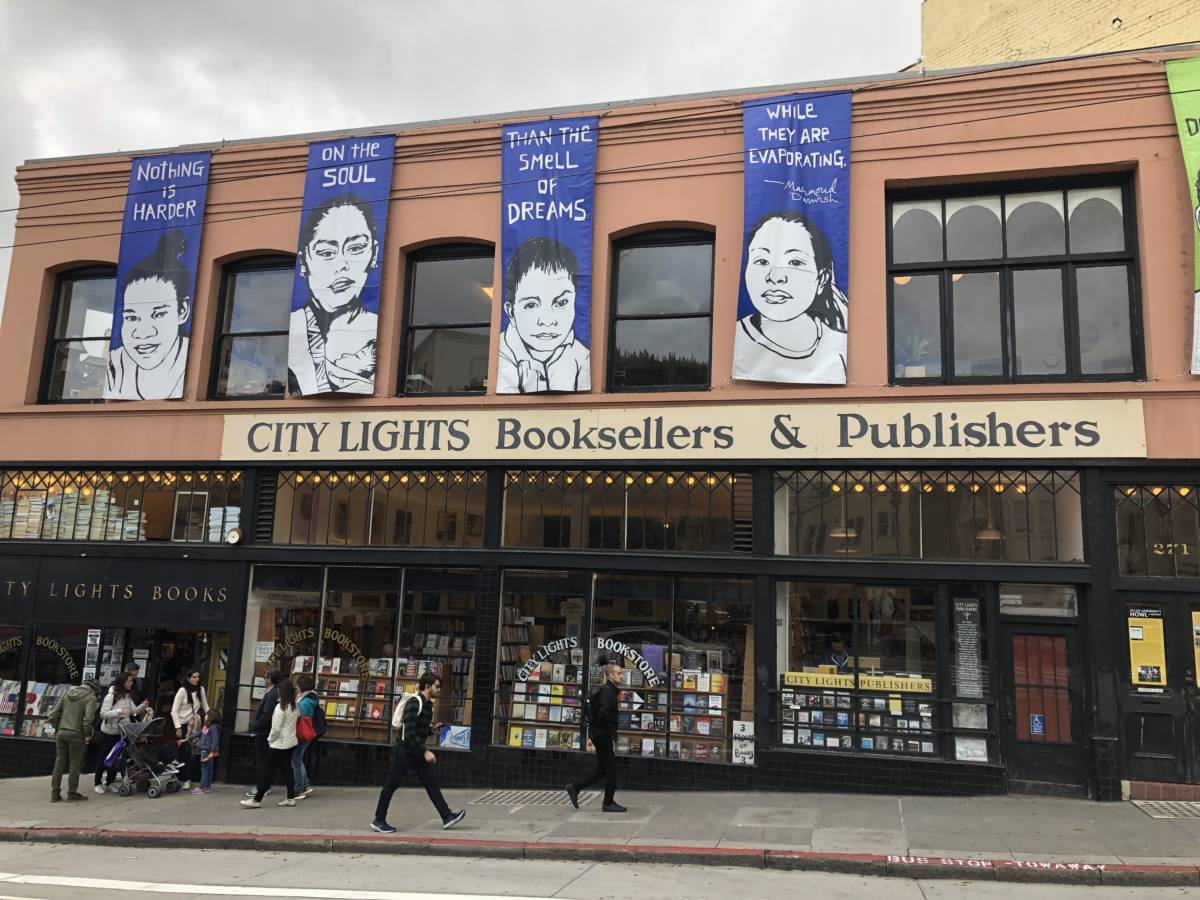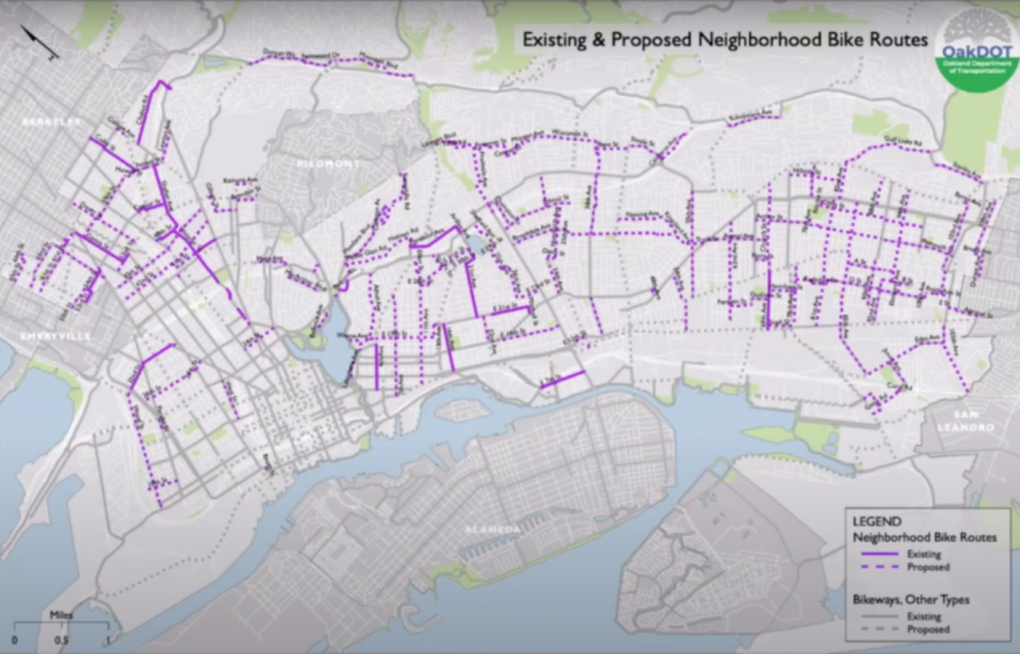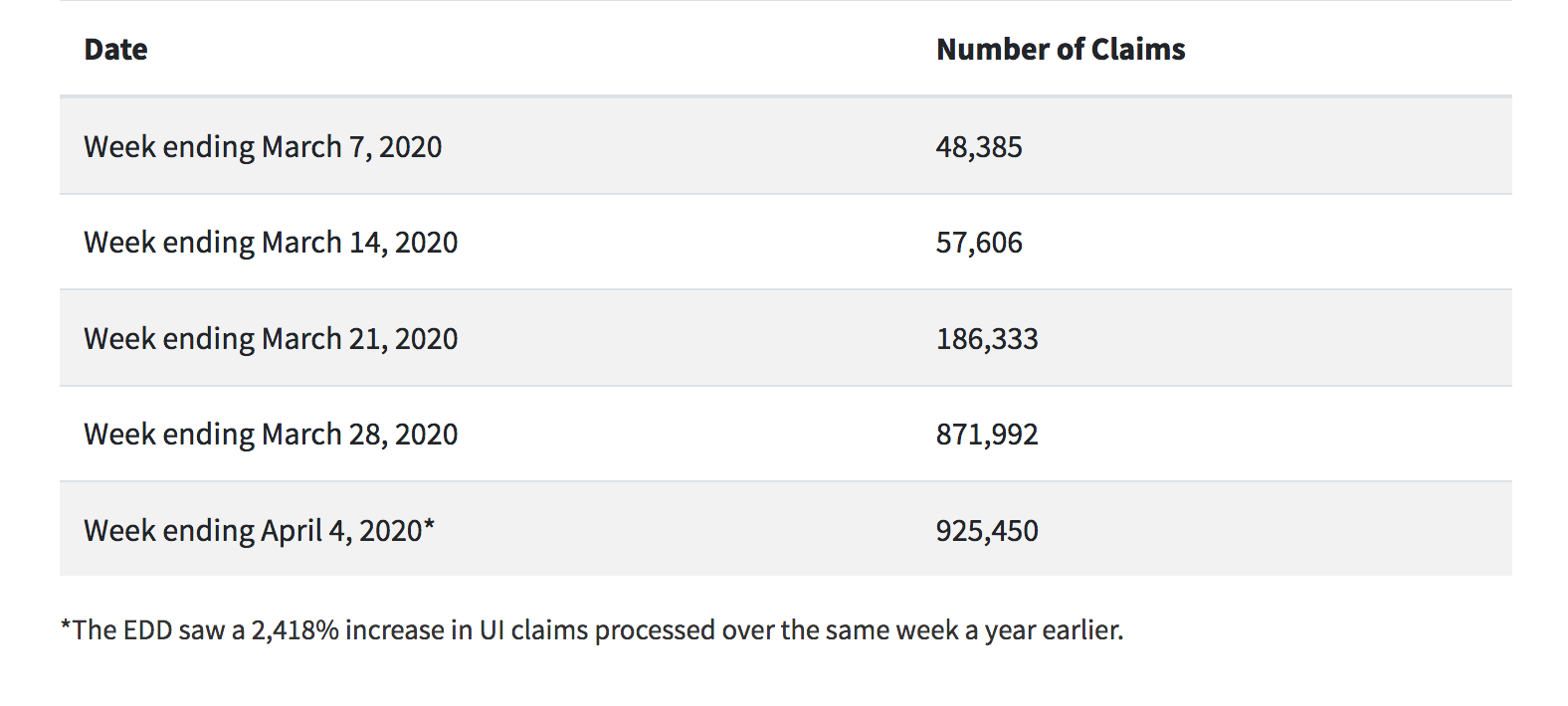A little over a month ago, the prosperous city-state won praise as a model of how to control the spread of the virus without lockdowns. Mass testing, quick hospitalization of those infected, aggressive tracing and quarantining of those in contact with infected people helped keep numbers down.
In mid-March, infections started increasing. The city responded by tightening entry restrictions and imposed a partial lockdown and strict edicts on social distancing.
While the number of infections among Singaporean citizens or residents remains low, there has been a surge in transmission among foreign workers over the past two weeks.
Last week, authorities announced they would put all dormitories housing foreign workers — some 300,000 people, mostly from Bangladesh, China and India — under near-total lockdown. In the days that followed, Singapore reported 728 new cases —almost all of them migrant workers.
Over the weekend, the numbers kept climbing. Among the cases reported Monday, 18 are Singaporeans or permanent residents, according to Reuters.
Read the full story from NPR’s Michael Sullivan.
How Can California Fight Wildfires in the Middle of a Pandemic? In a Few Months, We’ll Likely Find Out (Monday, April 20, 9:59 a.m.)
No one knows exactly how this coming fire season will shake out, but experts and fire officials agree the COVID-19 pandemic will make an already hard job much tougher.
Fire agencies and emergency managers are now planning how they’ll fight wildfires, issue evacuation orders, set up shelters and handle power shutoffs in the face of the massive challenge of simultaneously coping with a highly infectious disease.
“We’ve never fought fire in a pandemic,” said Jim Whittington, an expert in wildland fire response. “We don’t have any sort of lessons from [the flu pandemic of] 1918. So this is going to be a learning experience, and we’re going to have to err on the side of firefighter and public safety. And we recognize that there’s probably going to be some Catch-22s in our future.”
One of the biggest impacts could be a strain on the mutual aid system. In normal times, agencies provide support to each other during disasters. But when the crisis is so widespread, that system could become strained.
Read the full story from KQED’s Danielle Venton.
What You Need to Know Today About the Virus Outbreak (Monday, April 20, 9:11 a.m.)
The Trump administration is finally acknowledging the plea of governors for help. Vice President Mike Pence leads a teleconference with the nation’s governors in response to calls for a national testing strategy to help secure in-demand supplies like testing swabs and chemical reagents.
Stocks fell in early trading on Wall Street, with energy stocks hammered by the latest collapse in the price of oil. The S&P 500 was down 1% after the first 15 minutes of trading, ahead of a busy week where dozens of CEOs at the biggest U.S. companies are scheduled to show investors how badly the coronavirus outbreak hurt profits in the first three months of the year.
Nations around the world are taking advantage of their flattening coronavirus infection curves to tentatively ease lockdowns, offering plenty of options for U.S. lawmakers and communities to consider. The plan is to open up while maintaining enough social social distancing to prevent new flareups of the virus.
Read the full roundup from Associated Press.
Hand Sanitizer for the People: The Allyship of an Actor and PhD Student (Sunday, April 19, 6:45 p.m.)
Jamal Trulove and Elina Kostyanovskaya were both working in different ways to serve marginalized communities in the Bay Area before the coronavirus hit.
Trulove, an actor, activist, and S.F. resident notable for his role in “The Last Black Man in San Francisco,” is focused on the criminal justice system: he spent over six years in prison before being acquitted in a 2015 retrial. (He received a $13.1 million settlement for being framed by police for murder.)
Kostyanovskaya, a PhD candidate in the Developmental and Stem Cell Biology at UCSF, has worked as an organizer on issues of housing and justice.
The dire need for supplies like masks and hand sanitizer has now forged an alliance between the two. They, along with a group of volunteers, have been producing and distributing hand sanitizer to incarcerated people and low-income neighborhoods in the Bay Area since mid-March, working to get crucial supplies to those who need them the most.
Trulove said at the beginning of the crisis, he looked for hand sanitizer and face masks in many local stores without any success. For many low-income people, he said, there’s a lot more to worry about with coronavirus. (Full Story)
–Lakshmi Sarah
21 percent of the state’s nursing homes are reporting cases of COVID-19 (Sunday, April 19, 6:00 p.m.)
More than 21 percent of the state’s nursing homes are reporting cases of COVID-19, according to a new list released by the California Department of Public Health on April 18. Coronavirus has sickened thousands of workers and residents at care facilities around the state.
Advocates have sought to know where those hotspots are because they said people need to make informed choices. Attorney Mike Dark with California Advocates for Nursing Home Reform says the newly released list is likely very incomplete. Fresno and Kern counties do not appear on it — though other big cities all report outbreaks, and the numbers are self-reported. Dark says state regulators have cut back on in-person visits to call facilities instead.
“One reason why these numbers that the state has aggregated are so unreliable is that there is literally no one else to confirm just how high the toll of the sick and the dying really is,” Dark said. Hundreds of thousands more Californians are in assisted living facilities: those outbreaks aren’t included on this list.
–Molly Peterson
Fast Decisions in Bay Area Helped Slow Virus Spread (Sunday, April 19, 4:00 p.m.)
On the morning of March 15, as Italy became the epicenter of the global coronavirus pandemic, a half dozen high-ranking California health officials held an emergency conference call to discuss efforts to contain the spread of the virus in the San Francisco Bay Area.
The tight-knit group of Bay Area doctors organized the call to discuss a consistent policy on public gatherings for the region’s 7 million people, which then had fewer than 280 cases and just three deaths. Soon, though, the conversation focused on the potentially catastrophic emergency on their hands and how stay-at-home orders could slow the advance of the virus.
Many factors have fueled the speed of the disease spread throughout the world. But that three-hour call and the bold decisions to come out of it were central to helping California avoid the kind of devastation the virus wrought in parts of Europe and New York City, experts say.
“It was obviously spreading like wildfire under our noses and literally every minute we did not take aggressive action was going to mean more and more death,” said Dr. Scott Morrow, health director for San Mateo County, just south of San Francisco and home to Facebook.
The doctors who met that day are members of the Association of Bay Area Health Officers, a group born out of the AIDS epidemic that ravaged San Francisco in the 1980s. The group usually meets a half-dozen times a year and has tackled other global threats such as Ebola and swine flu.
It’s impossible to quantify how much those orders helped or truly compare states or countries because of other potential factors such as population density, international travel and the number of tests being conducted in each place. However, experts in disease control say the Bay Area’s early intervention clearly played a significant role in slowing the speed of infection throughout California.
On March 15, California reported 335 cases and six deaths. As of Sunday morning, the state had confirmed more than 30,800 cases and nearly 1,150 deaths. The slowing rate of infection, at 73 per 100,000 residents as of Friday, and deaths is one one of the reasons Newsom says the state can contemplate reopening businesses.
The area is now reaping the benefit of putting stringent recommendations in place “very, very early,” said Robyn Gershon, a clinical professor of epidemiology at New York University’s School of Global Public Health.
“In New York, by the time social distancing came we already had many, many people sick. Without tests, without a vaccine, your only tool is having people not contact each other,” Gershon said.
Officials have contemplated why San Francisco Bay Area residents have largely complied.
San Francisco residents generally are willing to comply with such things “when shown the science, when shown the data about what can be accomplished,” said Dr. Susan Philip, director of disease prevention and control at the San Francisco Department of Public Health.
In the month since, Bay Area residents have largely continued to heed the mandate, quickly understanding the concept of “flattening the curve” to slow the rate of infection and avoid overwhelming hospitals.
“The timing of instituting the stay-at-home order is very, very critical in blunting the epidemic,” said Lee Riley, a professor of epidemiology and infectious diseases at the University of California Berkeley. He warned, though, that complacency could ruin any initial success, noting “we need to remain vigilant.”
Still, a challenge looms for the Bay Area doctors who continue to talk to each other twice a week: How to lift the shelter-in-place orders without creating a second surge.
“We’re going to be relying on the same kind of partnership that we relied upon for the first stage of this to help us through,” Willis said.
–The Associated Press
Some Sexual Assault Victims Collect Own Evidence Amid Pandemic (Saturday, April 18, 5:00 p.m.)
Fears of getting infected with the coronavirus have prompted authorities in Northern California to allow some sexual assault victims to collect evidence with a nurse directing them in the hours long process through a video call.
The temporary measure put in place in Monterey County after shelter-in-place orders were issued last month to stop the spread of the virus raises issues of evidence contamination and other problems that would be challenged in court, defense attorneys said.
Monterey County Deputy District Attorney Lana Nassoura said Thursday the temporary measure doesn’t apply to victims of sexual assault who are children or who have been injured and is allowed when the victim is comfortable and able to conduct the forensic examination on themselves.
“The last thing we want is a victim not reporting the assault to law enforcement because they’re worried about getting sick, so we wanted to give them an option to be able to do that without those concerns,” Nassoura said.
She said the measure also aims to protect the nurses who normally conduct the prolonged examinations in small rooms and who lack the proper equipment to protect them from exposure to the virus.
So far two sexual assault victims have collected the evidence in their cases, one on April 5 and the other one Monday, Nassoura said.
In one of the cases, the victim was exhibiting COVID-19 symptoms. The victim hadn’t yet received results from their coronavirus test, and officials offered the victim the virtual self-examination to protect personnel.
The examination was done through a Zoom video call “because of concerns that the victim might be infected and to not postpone the examination because it’s best to collect evidence as close in time to the assault as possible,” Nossoura said.
Nossoura said the “temporary protocol” starts when a police officer drops off a rape test kit outside the victim’s residence and then waits in his patrol car. Once the victim retrieves the kit and goes inside, they both join a Zoom video call along with a forensic nurse and a victim advocate.
As it’s done during a normal examination, the nurse interviews the victim and after the officer takes the victim’s statement, the officer and the advocate leave the call. The nurse then directs the victim on how and what evidence to collect.
After the victim places the kit outside their door, the officer collects it and takes it to a forensic lab for analysis. The nurse then offers the victim to do a video call with just the victim advocate, who can offer counseling.
The way the evidence is collected could lead to cross-contamination and would raise reasonable doubt, criminal defense attorney Mark Reichel said.
“It is absolutely fraught with danger because when you have a dispassionate law enforcement officer collecting evidence and replace that with the victim who then manufactures the most critical evidence, that’s going to cause reasonable doubt,” Reichel said.
“If you want to frame someone, it’s easy to get their DNA onto a swab where you do a sex assault kit, and say, ‘Oh, look, here’s their DNA,’ ” he added.
Nossoura disagreed and said the chain-of-custody protocols are in place throughout the process and the collection of evidence is observed by a nurse in real time.
“This isn’t a situation where someone goes to a pharmacy and picks up a kit, goes home and does it themselves and then drops it off at the police station,” she added.
–The Associated Press
California’s Attorney General Defends Virus Shutdowns (Saturday, April 18, 2:30 p.m.)
What would normally be broad constitutional protections for freedoms of assembly, religion — even buying guns — may be curtailed when they endanger others during the coronavirus pandemic, California’s top law enforcement officer said in an interview.
The state has been sued over all three during its shutdown as government officials pick winners and losers in deciding which businesses and activities can operate and which can’t.
But in an interview with The Associated Press on Thursday, Attorney General Xavier Becerra said officials have broad authority to do what they think is necessary to slow the spread during the virus pandemic, even if that trumps normal fundamental freedoms.
“The Constitution remains in place,” Becerra said. “The Constitution — U.S. and our state constitution — has provisions in it that address emergencies like this. And so I don’t think there’s any doubt that for the protection of people’s not just their health but their lives, our government must take actions which protect our communities and the individuals in those communities.”
Three Southern California churches this week sued Gov. Gavin Newsom and other officials including Becerra, saying the state’s social distancing orders violate the First Amendment right to freedom of religion and assembly.
A lawsuit last month by libertarian economist and actor Ben Stein argues that California’s unprecedented stay-at-home orders have effectively created a “soft police state” that put 40 million residents under the equivalent of indefinite house arrest, violating guarantees of freedom of assembly.
And several groups representing gun owners or buyers have filed multiple lawsuits alleging that some officials are restricting Second Amendment and other constitutional rights.
People still have the right to practice their religion, Becerra said, but “no one is entitled to endanger the life of someone else simply so that he can extend the exercise of his or her religion beyond means that would now start to imperil the health and life of another person.”
Attorney Harmeet K. Dhillon, a Republican Party official and chief executive of the nonprofit Center for American Liberty that filed the religious freedom lawsuit, said officials could require congregants to wear masks and stay a safe distance apart, the same as for other essential activities such as shopping for groceries.
But they can’t halt such gatherings entirely, she said.
“It’s a disappointingly shallow response to a very complex question involving a fundamental right,” she said of Becerra’s reasoning. ”It’s not his place to tell us how to worship.”
–The Associated Press
Gov. Gavin Newsom Says ‘Project Roomkey’ Making Progress (Saturday, April 18, 1:30 p.m.)
Flanked by San Jose Mayor Sam Liccardo and Santa Clara Supervisor Cindy Chavez, Gov. Gavin Newsom announced that the state has made significant progress on its plan to help house homeless individuals during the COVID-19 crisis.
Dubbed “Project Roomkey,” Newsom said the state has recently procured 5,025 rooms in 19 counties in partnership with hotel chain Motel 6. This brings the total amount of rooms available for the homeless to 16,000, above the plan’s intended goal.
The governor said that the rooms will be prioritized for those who have tested positive for coronavirus, who have been living close to individuals who’ve tested positive, the elderly and those with immunocompromised.
Earlier this week, San Francisco’s largest homeless shelter, MSC South Navigation Center, saw a large COVID-19 outbreak. Ninety-five guests and 10 staff have tested positive, which represents nearly 10% of the city’s total cases.
The Motel 6 rooms are being paid for by the Federal Emergency Management Agency (FEMA), according to Newsom, since many city governments are struggling with their own budgets.
Newsom, Liccardo and Chavez also suggested that the state could utilize “Project Roomkey” spaces after the COVID-19 pandemic is over to help combat homelessness.
“We should take advantage of this effort and look at the prospect of potentially procuring these sites into the future,” Newsom said. “We have organized, with Motel 6, some language that would allow, beyond this pandemic, to consider these sites as a broader portfolio to provide some permanency to those in need.”
–Gabriel Greschler (@ggreschler)
Stanford Study Suggests COVID-19 Is Much More Widespread Than We Realize (Friday, April 17, 5:30 p.m.)
Preliminary results from a Stanford University study suggest a large number of coronavirus cases have gone undetected.
Researchers at Stanford recently tested more than 3,000 Santa Clara County residents for COVID-19 antibodies. COVID-19 antibody tests can reveal people who have had the virus, even if they didn’t have symptoms or couldn’t get tested.
